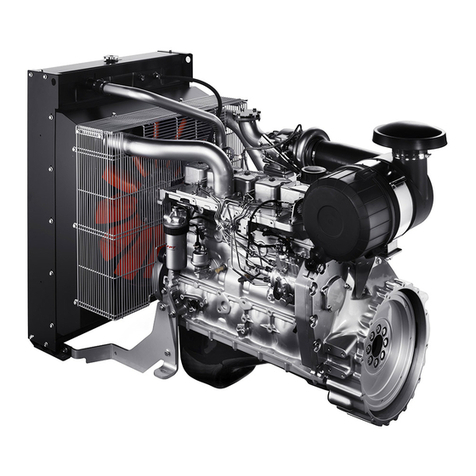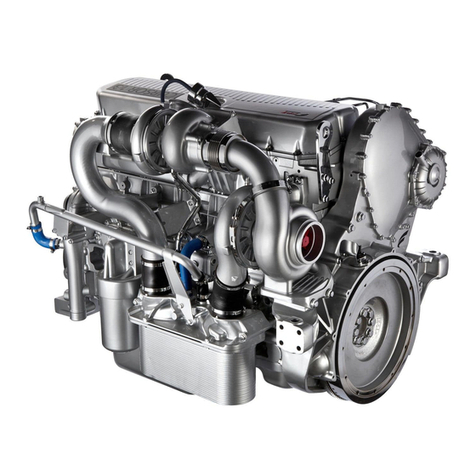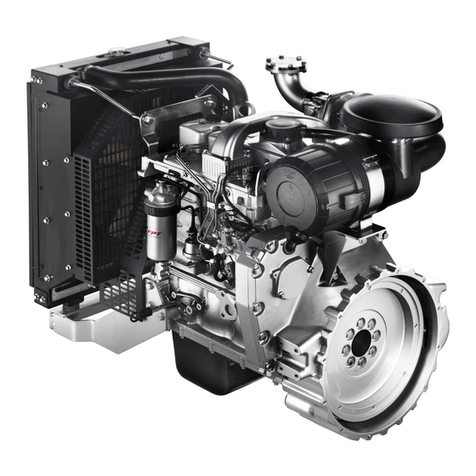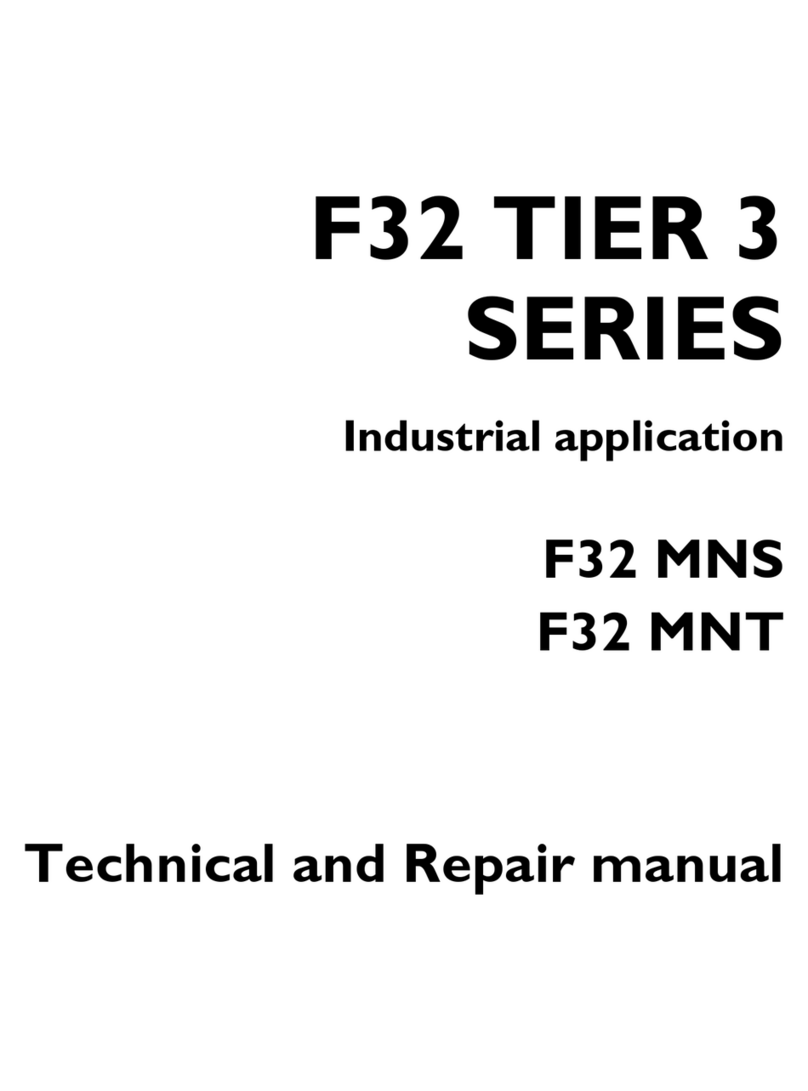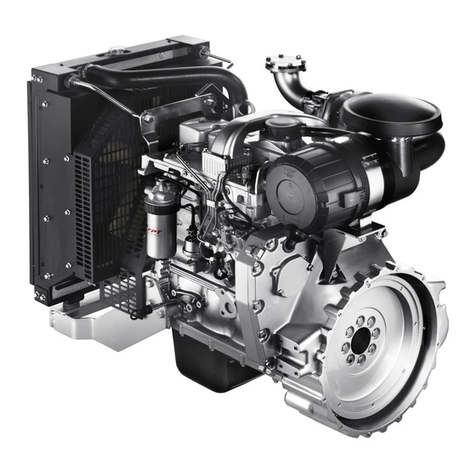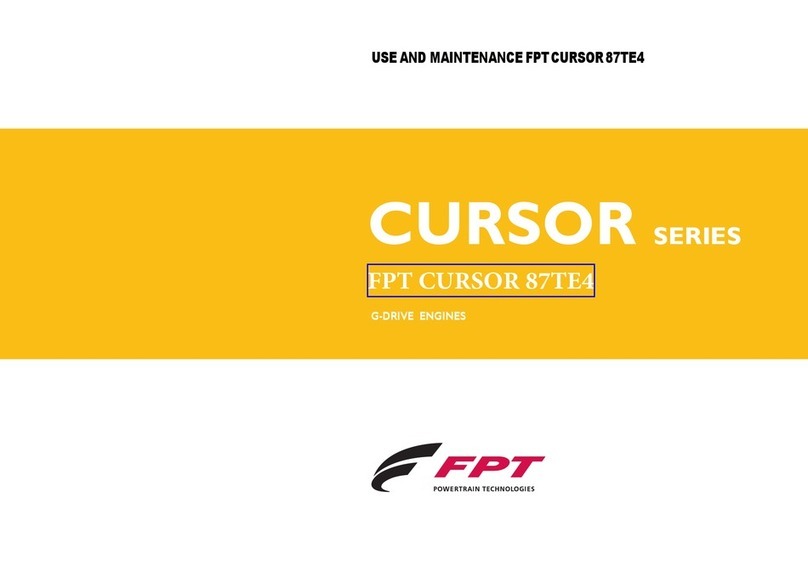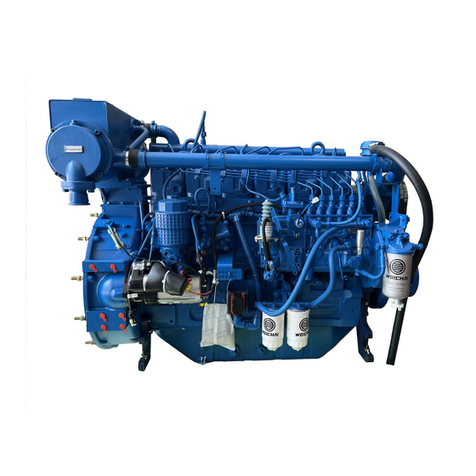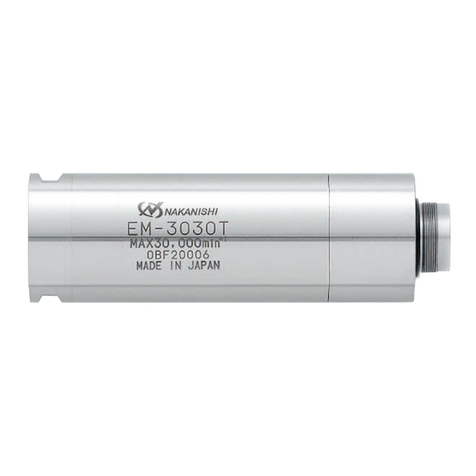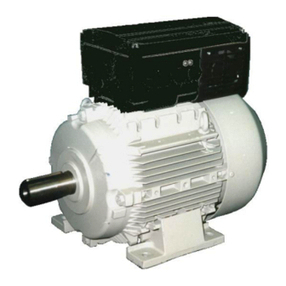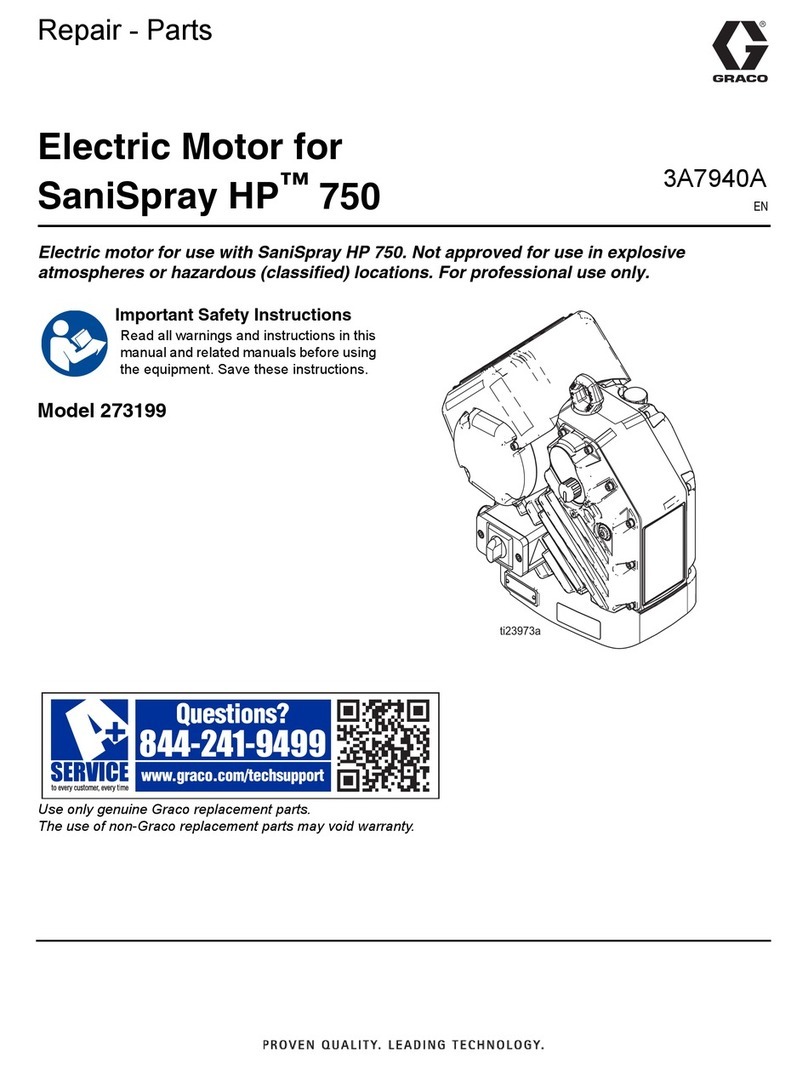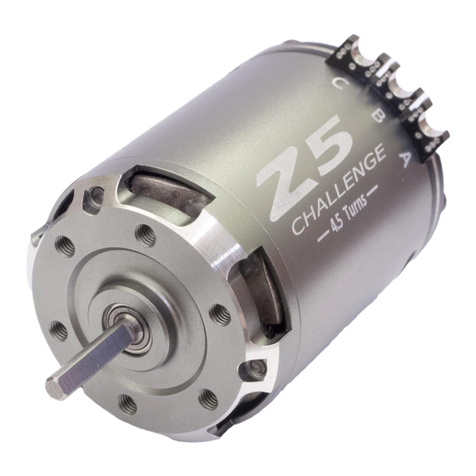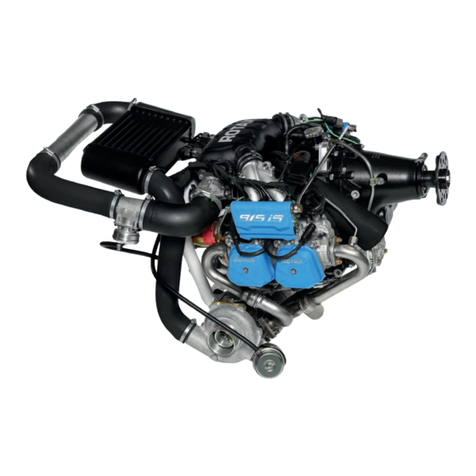3
ENGLISH
GENERAL INFORMATION
GUARANTEE
In order to ensure that your engine gives the best possible
performance and to take advantage of the FPT guarantee, you must
follow the indications provided in this publication with high attention;
failure to do so may result in invalidation of the guarantee.
SPARE PARTS
Always use Original FPT Spare parts. This is essential to keep the
engine in original running order.
The use of non-original spare parts will not only invalidate the
guarantee, but will mean that FPT will not be considered liable in any
way during the whole working life of the engine.
LIABILITY
The Manufacturer will only be considered liable subject to
performance of the control and maintenance operations indicated and
described in this manual; to this effect, proof that these operations
have been performed must be provided. Any extraordinary
maintenance operations that may be necessary must be carried out by
qualified technicians from Workshops in the FPT Network, using the
instruments and equipment provided for the purpose.
SAFETY
The following information is intended to encourage caution when
using the engine, so as to avoid damage to persons or property as a
result of improper or incorrect behaviour.
The engines must only be used for the purposes indicated by the
Manufacturer.
Any tampering, modification and use of non-original spare parts
may compromise proper operation and safe use of the engine
;
never, under any circumstances
make modifications to
the
wiring and to the units equipping the engine, or connect them
to other power systems.
Pay particular attention to moving parts of the engine, to high
temperature components and to circuits containing pressurised
fluids; its electrical equipment houses electrical currents and
voltage.
The exhaust fumes produced by the engine are bad for your
health.
The engine must be handled using suitable lifting tackle, making use
of the U-bolts provided on the engine for that purpose.
The engine must not be started up and used until the generator
set in which it installed has satisfied all necessary safety
requirements, or until the generator set has been guaranteed to
comply with local laws and regulations.
The operations required to guarantee the best possible use and
preservation of the engine must only be carried out by persons of
proven experience, equipment with tools considered suitable by
FPT.
For the purpose of safety, further recommendations are given in the
CHECKS AND MAINTENANCE section.
